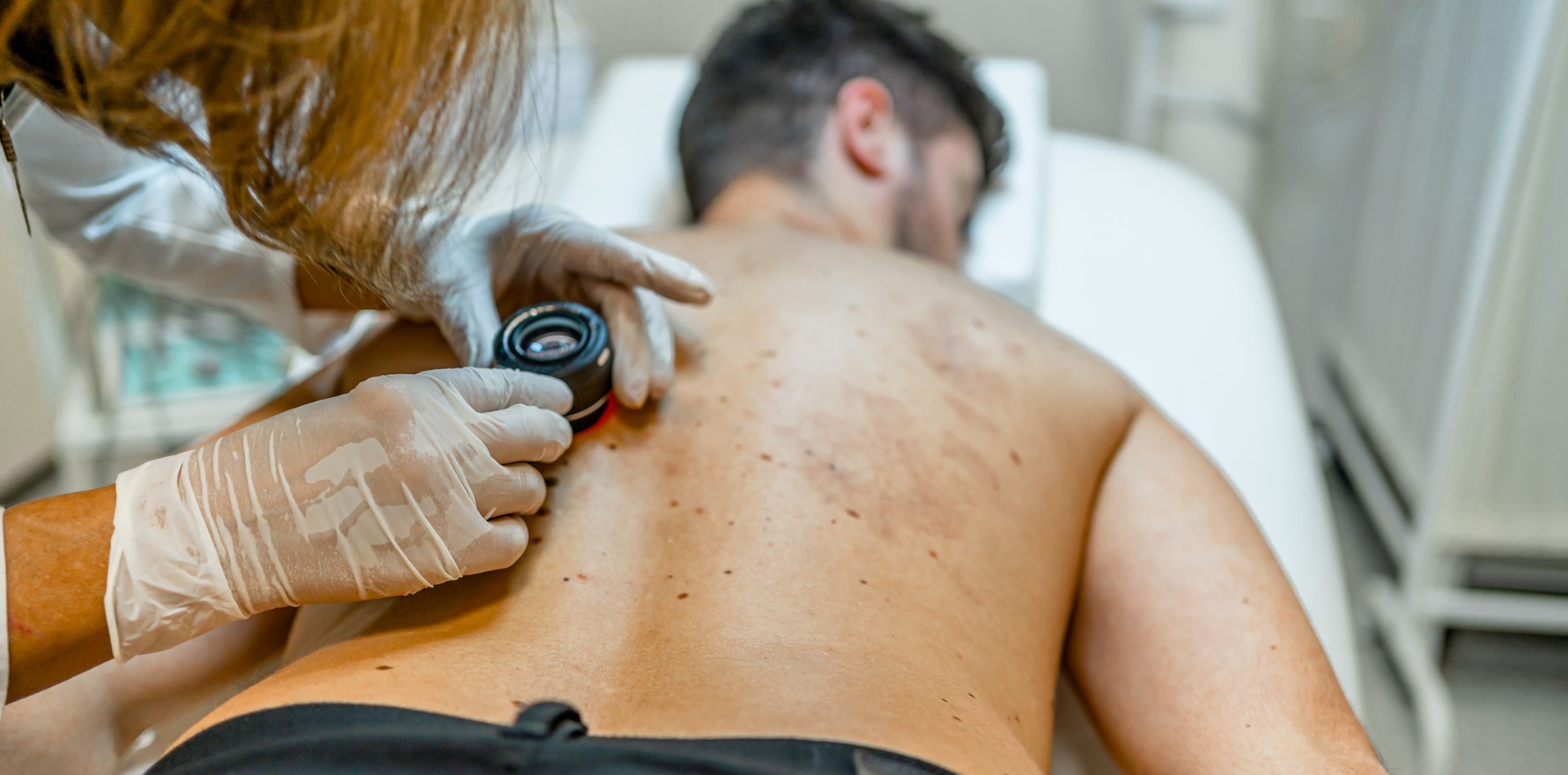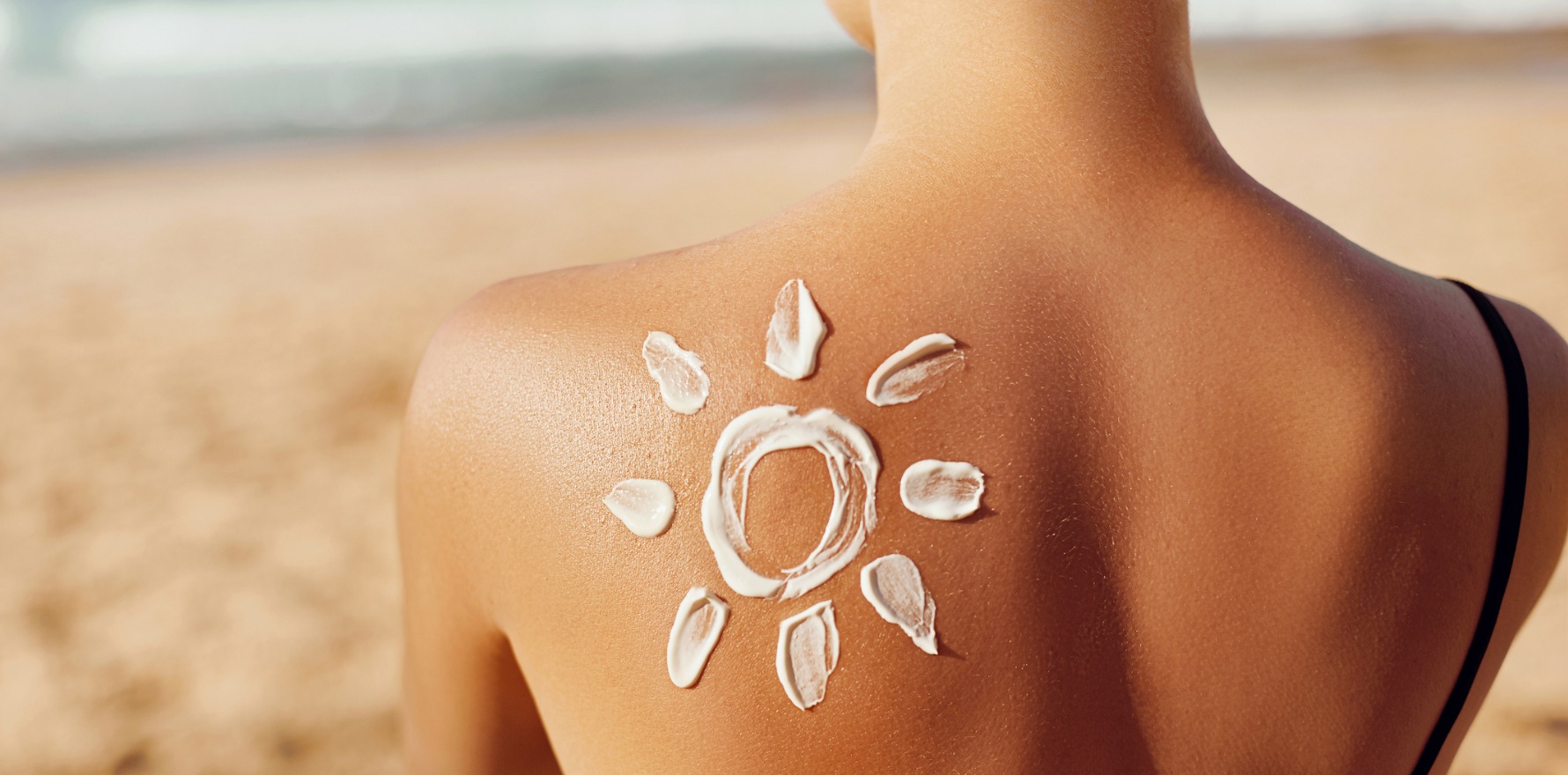13 November 2024
Skin cancer surveillance in cricketers ‘a natural fit’ for this expert

Australia’s cricketers are enthusiastic about the importance of skin health and sun protection – something Dr Leona Yip hopes will flow on to fans of the game.
Brisbane-based dermatologist and alopecia specialist Dr Leona Yip knew nothing about cricket when she started working for Queensland Cricket and Cricket Australia 18 months ago.
But spending time as the lead dermatologist for the sunshine state’s cricket association and as the nominal head dermatologist for Cricket Australia has given her the opportunity to fall in love with the game while also working in an area she is incredibly passionate about – promoting skin health and sun smart behaviours.
Dr Yip spoke with Dermatology Republic ahead of another busy summer of cricket.
DR: What was your path to becoming a doctor, and then going on to specialise in dermatology?
Dr Yip: My journey to medicine wasn’t one I always knew I would take, but I was intrigued by the human body and driven by a genuine desire to help others. I thought I’d give it a go, and as I progressed, I found myself deeply drawn to the endless possibilities within the field.
After graduating and completing my rotations through various specialties as a junior doctor, I discovered I thrived in environments where I could problem-solve with fast turnarounds. I realised I’m someone who’s stimulated by the variety and the dynamic nature of medicine, especially because I’m an extrovert and love engaging with people.
Dermatology offered me all of that and more. Whether it was through diagnosing complex skin conditions or seeing the immediate impact of treatments, I found it to be the perfect balance of medical precision and human interaction.
Now, with 11 years of experience as a consultant dermatologist, I enjoy seeing patients regain their confidence through life changing treatments with a sense of fulfilment, but I can also use my voice and expertise to contribute to broader conversations about skin health through the media as well as my advocacy work with stakeholders and various organisations.
How did you first start to work with Queensland Cricket and Cricket Australia as a dermatologist?
My involvement with Cricket Australia began through an initial meeting with their chief medical officer, Dr John Orchard, where we discussed how this role would align with my passion for promoting skin health and sun smart advocacy in both media and the community. Given my long-standing work in this area, it seemed a natural fit.
Elite cricketers, due to the nature of their sport and the extensive time they spend outdoors, are at higher occupational risk for skin cancers. Addressing this is critical not only for their skin health but for setting an example to the broader public.
What does your work with Queensland Cricket and Cricket Australia involve?
As the (nominal) head dermatologist for Cricket Australia and lead dermatologist for Queensland Cricket, I work closely with and under the stewardship of Dr Orchard to implement a state-based skin cancer surveillance programme for Cricket Australia’s elite athletes.
Under Dr Orchard’s leadership, Cricket Australia has been groundbreaking in its approach to athlete health. In 2023, they became the first professional sporting body in Australia to establish a national panel of dermatologists represented in most states, known as the MANCAD panel (Melanoma Assessment Network of Cricket Australia Dermatologists).
The panel’s mission is to implement a comprehensive national skin cancer surveillance program for athletes across most states to conduct regular skin checks and to provide rapid access for the assessment and treatment of suspicious lesions, as well as other dermatological conditions that may restrict full play capacity.
A core part of my role is also to help conduct a detailed skin cancer audit, designed to assess the incidence and relative risk of skin cancers among past and current elite cricketers compared to the general population. This audit is particularly significant because it not only monitors the current prevalence of skin cancer within the sport but also helps identify trends and patterns of risk factors specific to professional cricketers.
We’re using the findings from this audit to develop tailored prevention strategies, ensuring athletes are equipped with the knowledge and resources to protect themselves effectively from sun damage. It’s a proactive approach that underscores Cricket Australia’s commitment to the long-term health and safety of its athletes, setting a benchmark for other sporting bodies.
The MANCAD panel sounds too close to Mankading – where the non-striker leaves their crease before the bowler bowls the ball and is run out – to be a coincidence. Was this a deliberate choice for the name?
It sure was! The acronym was originally suggested by Dr Andrew Ming, a dermatologist in Sydney who is also part of the MANCAD panel. He loves cricket, so it’s no surprise he came up with it.
Tell me more about Cricket Australia’s skin cancer screening program – how much is looked after by Cricket Australia versus the various state organisations?
Cricket Australia’s skin cancer screening program is a centrally coordinated initiative, but the actual screenings are carried out by dermatologists in each state. Most states have one or two dermatologists who are part of this program, and they are responsible for conducting screenings for athletes within their state. At the moment, Tasmania and the Northern Territory are exceptions (as the NT has no senior contracted players at present), but we’re continuing to work on expanding the coverage.
The goal is to organise screening sessions where we can gather as many athletes as possible on a single day, ensuring we maximise the number of players screened in one go.
However, this can be quite challenging, particularly with cricketers’ busy schedules. Some athletes might be away for overseas games or other commitments, so it requires a lot of coordination and planning behind the scenes. We do our best to fit these screenings into their schedules. Despite these logistical challenges, the centralised nature of the program ensures consistency and thoroughness across the states.
How much, if any, discussion do you have with players regarding their choice of what they wear while playing, particularly when they’re fielding? For example, some players – like Usman Khawaja – consistently wear long sleeves, while others – like the late, great Shane Warne – prefer a floppy, broadbrimmed hat compared to the traditional baggy green?
I have no input into their choice in uniform or head gear they wear on the field. I would, of course, like to see more sun smart uniform options, and many of the players are mindful of this as much as possible during the game.
When I meet the players during skin checks, I discuss their position on field and what they wear, as well as how they can reduce personal risks with regular sunscreen reapplication, wearing long sleeves or seeking shade where possible.
You mentioned that elite cricketers can act as role models for the broader public with respect to sun safety and good skin health. How important is it that proper sun protection is used in cricket (and other outdoor sports) from a young age?
Absolutely critical! Early exposure to harmful UV radiation from childhood without proper protection significantly increases the risk of developing skin cancers later in life, particularly melanomas.
Given that cricketers and other athletes spend extended periods outdoors during peak UV hours, the cumulative sun exposure over time is immense. This is why instilling sun safe habits early on – wearing protective clothing including hats and sunglasses, applying broad spectrum sunscreen and using shade whenever possible – can make a world of difference.
When children learn these habits early, it not only reduces their immediate risk of sunburn but also sets them up with lifelong sun safe practices to reduce their raking cancer risk in adulthood. We know that habits formed from young are more likely to stick, and in a country like Australia where the rates of skin cancer are so high, it’s crucial that we do everything we can to lower that risk from the start.
Professional athletes, like cricketers, play a key role as role models in this regard. By demonstrating sun safe behaviour in the field, they can influence young players and the wider community to reinforce the importance of sun protection in sport and daily life.
I hope we can continue to leverage their visibility to promote sun safety measures, especially among children in schools and sports. While we’ve made some really good progress, there’s still much more to do, and I’m committed to advancing this cause.
What has been the most interesting or rewarding thing about working with Cricket Australia?
Honestly, the best part about working with Cricket Australia is that I knew absolutely nothing about cricket when I started! I’m learning the game as I go, which has been a fun journey in itself.
But beyond that, working with the athletes is incredibly rewarding. They’re dedicated, passionate and open to learning about the importance of skin health, which makes my work with them enjoyable and fulfilling.
Another highlight is that I also get to collaborate with Cricket Australia’s and Queensland Cricket’s team doctors, which is a great opportunity to exchange insights – whether that’s sharing knowledge about sports dermatology, learning more about sports medicine in general or hearing about their experiences travelling overseas with athletes.
And of course, getting to attend the games is a real highlight in itself! The atmosphere at live games is electrifying, which adds to the thrill of being part of the team.
Before working with Cricket Australia, you provided specialist care to various embassies and international diplomatic missions. What was that experience like?
Practicing in Canberra provided me with unique opportunities to work with various embassies and international diplomatic missions – something that would have been difficult to experience elsewhere in Australia. It was an eye-opening and enriching experience, both professionally and personally.
In my role, I was able to offer priority dermatology care to diplomatic staff from key embassies I worked closely with, which was critical in ensuring they could continue their important work without interruption from problematic skin conditions. One of the highlights of my experience was working directly with the in-house US Embassy Medical Unit, where I collaborated with their medical team to provide tailored dermatological treatments and preventative care for embassy staff in their unique circumstances.
I also learnt to navigate diplomatic protocols, which gave me insight into the formalities and nuances of international relations. Attending diplomatic events and meeting individuals from diverse cultures and backgrounds was incredibly rewarding, as I was able to hear fascinating global stories directly from diplomats who work at the forefront of international affairs.
One of the most memorable diplomatic functions I attended was the US Embassy celebrations of “American Independence Day and the 50th Anniversary of the Moon Landing” in 2019. There were people dressed up as astronauts walking amongst the crowd and we were given “Moon Pie” chocolate biscuit snacks from America.
You’re very passionate about promoting skin health and sun smart behaviours throughout (social) media and the community. What advice do you have for other healthcare professionals who might be interested in getting involved in this space?
My advice to healthcare professionals interested in advocacy is to always try to be as relatable as possible to the public and media – our messaging and choice of words have to be practical, easy to follow and based on credibility of our expertise.
It’s always helpful to have a voice on your own social platforms as a medical influencer to promote credible health messages and debunk myths, and also be open to opportunities to work with patient advocacy and community groups to align mutual goals of improving skin health.
This interview was edited for length and clarity.




